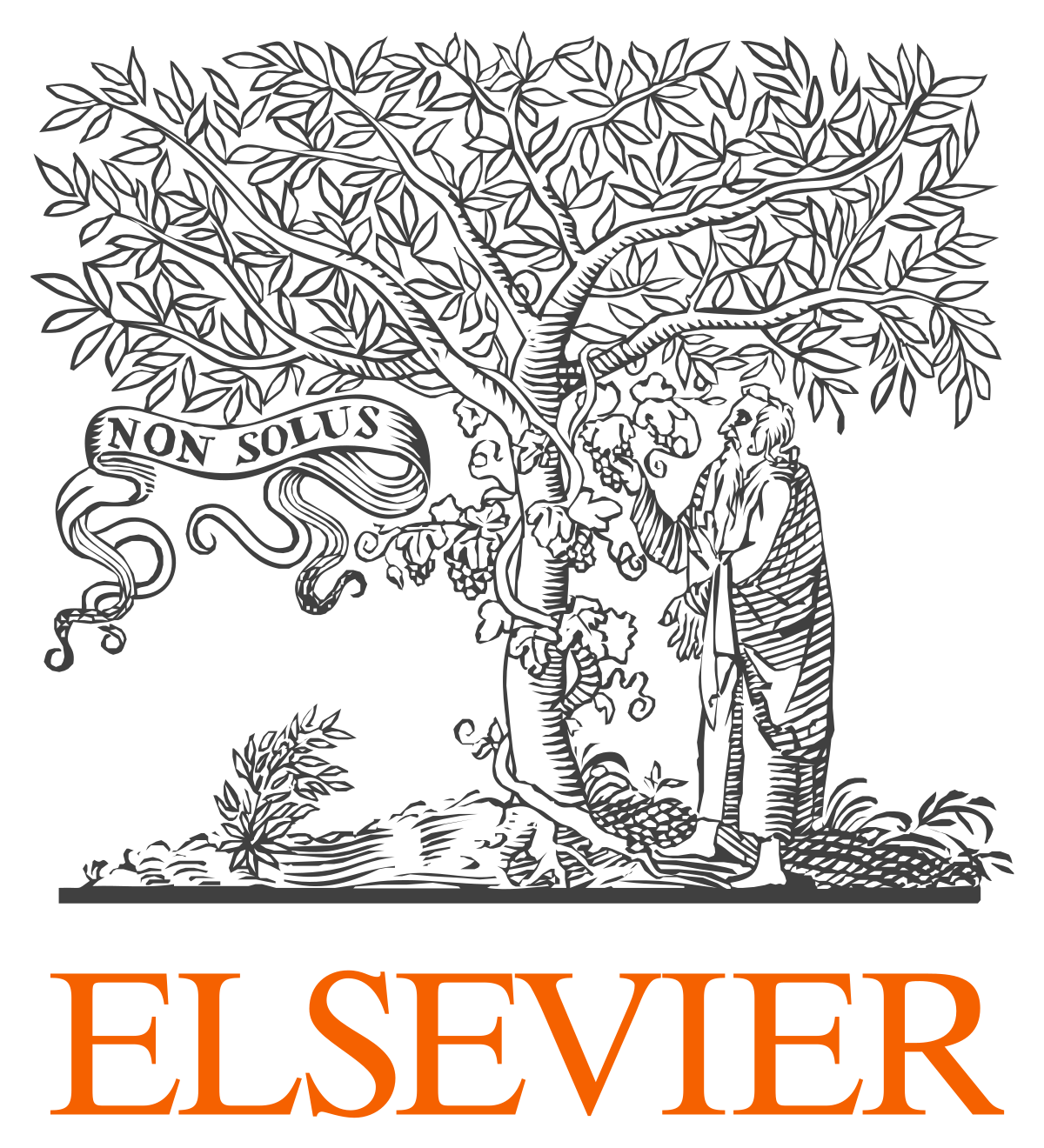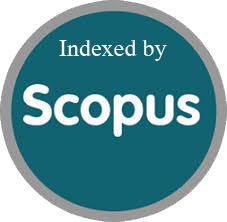Classification of Thalassemia Data Using K-Nearest Neighbor and Naïve Bayes
Abstract
Thalassemia is an abnormal blood disorder. Research on thalassemia has been done a lot, such as testing on beta-thalassemia data using a decision tree, K-Nearest Neighbor, and Multi-Layer Perceptron classifier. In this study, we will discuss the comparative performance of classification of thalassemia data using K-Nearest Neighbor and Naïve Bayes which are very popular in the field of classification. The author uses thalassemia data from Harapan Kita Hospital, West Jakarta. While the training data used ranges from 10 to 90, the results of the Naïve Bayes classification are higher than the classification results using K-Nearest Neighbor with an average of 99.78% with an average running time of 0.06 seconds, while the KNN is 97.14% with the average running time 0.081 seconds.




